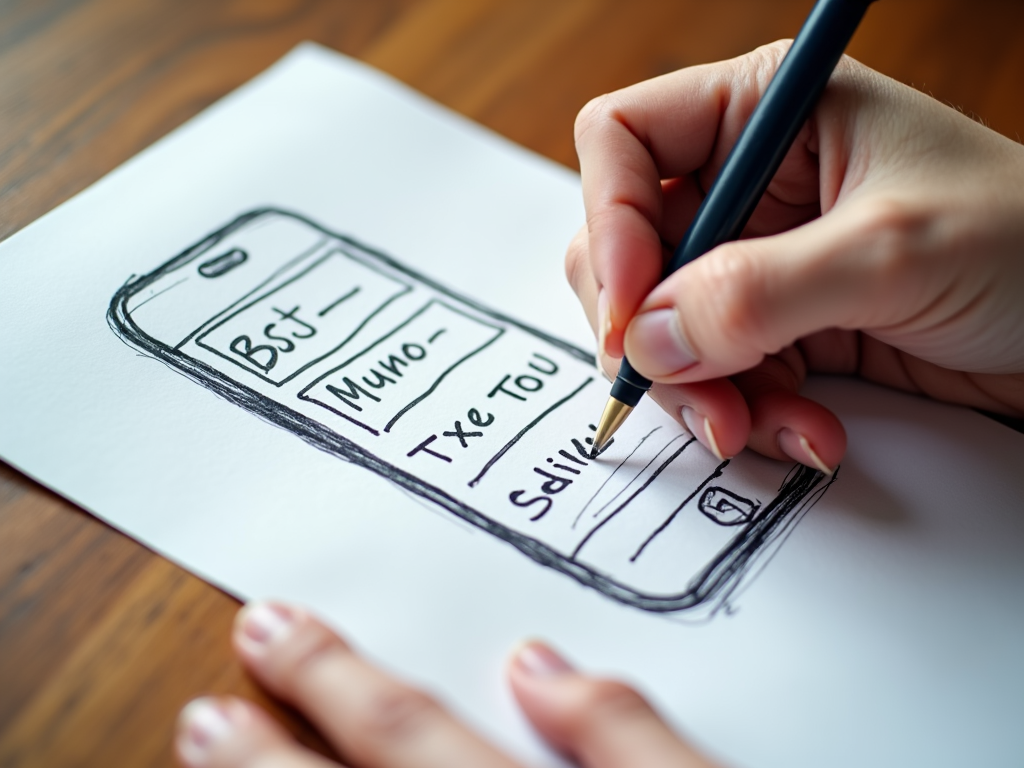Prototyping Methods for Creative Problem Solving: A Comprehensive Guide
Prototyping is a cornerstone of creative problem solving, allowing ideas to be tested and refined efficiently. This guide explores various prototyping methods, their applications, and how they integrate with design thinking principles.
What is Prototyping?
Prototyping is the process of creating a preliminary model or sample of a product, system, or idea to test and evaluate its feasibility, functionality, and design. In creative problem solving, prototyping serves as a bridge between abstract concepts and tangible solutions. It allows innovators to experiment, iterate, and refine their ideas before committing to full-scale development.
The importance of prototyping cannot be overstated. It helps in:
-
Visualizing ideas: Turning thoughts into something concrete that can be seen and touched.
-
Testing assumptions: Identifying flaws or areas for improvement early in the process.
-
Gathering feedback: Engaging stakeholders and users to gain valuable insights.
-
Saving time and resources: Avoiding costly mistakes by addressing issues upfront.
For example, imagine you're designing a new mobile app. Instead of jumping straight into coding, you might start with a simple sketch of the user interface. This low-fidelity prototype allows you to quickly test layout ideas and get feedback from potential users.

Prototyping Methods
There are various prototyping methods, each suited to different stages of the design process and types of problems. Broadly, prototypes can be categorized as low-fidelity or high-fidelity.
-
Low-fidelity prototypes: These are quick and inexpensive to create, often using basic materials like paper, cardboard, or digital wireframes. They are ideal for early-stage ideation and concept testing.
-
High-fidelity prototypes: These are more detailed and closer to the final product, often involving functional elements and realistic designs. They are useful for later stages when testing usability and user experience.
Some common prototyping methods include:
-
Sketches: Hand-drawn representations of ideas, great for initial brainstorming.
-
Wireframes: Simplified layouts of digital interfaces, focusing on structure and functionality.
-
Mockups: More detailed visual representations, often including colors and typography.
-
3D models: Physical or digital models for products, useful in industrial design.
-
Interactive prototypes: Functional models that simulate user interactions, often created with software tools.
Choosing the right method depends on the problem you're solving and the stage of development. For instance, if you're exploring multiple concepts, low-fidelity sketches might be best. If you're refining a specific design, a high-fidelity prototype could be more appropriate.
Prototyping in Design Thinking
Prototyping fits seamlessly into the design thinking process, which emphasizes empathy, ideation, prototyping, and testing. By mastering the fundamentals of design thinking through prototyping, designers can navigate complex problems with clarity and creativity.
During the prototyping phase, designers can visualize their concepts and gather feedback, which is crucial for refining solutions. The iterative nature of design thinking aligns well with prototyping, allowing teams to make incremental improvements based on user input and testing results.
Real-World Applications
To illustrate the power of prototyping, consider a hypothetical design challenge: developing a community park. Early prototypes could include sketches or 3D models of different designs, allowing community members to visualize and provide feedback on the proposed ideas.
Just as in construction, where a strong foundation is crucial for stability and effectiveness, a well-thought-out prototype serves as the foundation for a successful product or solution. By prototyping early and often, you can ensure that the final product meets user needs and expectations.
Best Practices and Tips
To effectively use prototyping in problem-solving, consider these best practices:
- Start with low-fidelity prototypes to explore ideas quickly.
- Gather feedback frequently and from diverse stakeholders.
- Iterate on your designs based on input and testing outcomes.
- Avoid perfection in the early stages; focus on learning and improving.
Common pitfalls include becoming attached to a single idea or prototype and failing to engage users in the feedback process.





